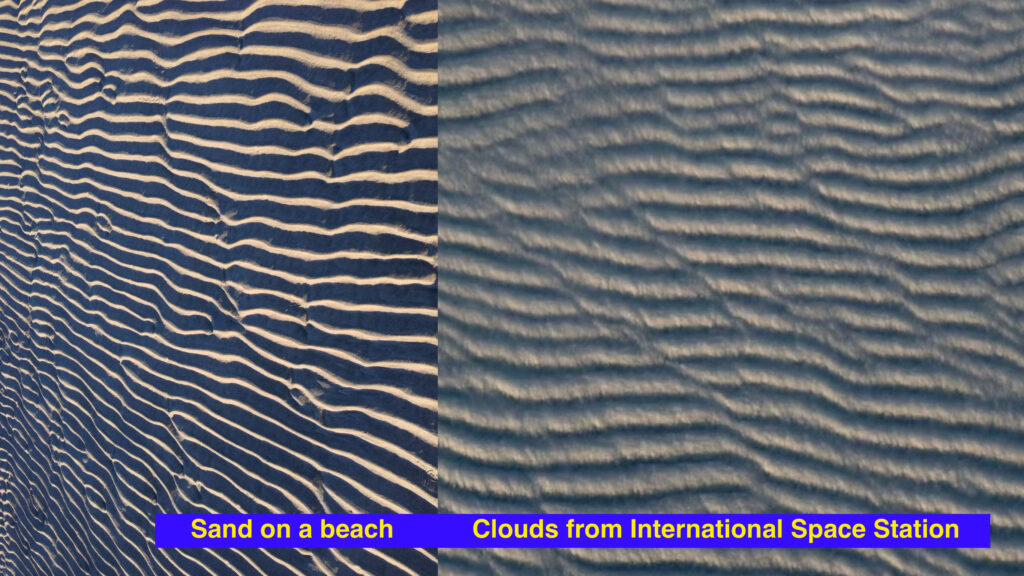I have always loved math and physics.
When I was a senior in college I took an advanced course in partial differential equations because I thought partial differential equations were intrinsically beautiful. I know that statement will sound strange to anybody who does not appreciate the beauty of mathematics, but it will resonate with at least a small segment of the population.
I chose to get a master’s degree in fluid mechanics because I loved the math of partial differential equations and physics. When I began graduate school in 1977, computers had just come into use in the engineering world and my lab, The Fluid Mechanics Lab at MIT, had one of the earliest “desktop” computers.
Using computers and a computer technique that incorporates both physics and partial differential equations, called “finite element analysis,” one could analyze engineering problems that were too complicated to be solved using partial differential equations alone.
As a result, I spent a lot more time writing finite element analysis computer programs as a graduate student than I did solving partial differential equations. Since then, I’ve forgotten almost all of the mathematics and physics I once knew.
Some years ago, I photographed the sand on the beach in Cape Cod because I knew the ripple marks left in the sand at low tide were the result of physics described by fluid mechanics. For me, that made the ripple marks even more beautiful.
More recently I saw a photo of the top of some clouds which was taken from the International Space Station.
Below, I display both images side by side.

As is immediately obvious, the “ripple marks” in the sand have the same geometry as the ripple marks on the top side of the clouds. This occurs because the ripple mark patterns are the result of the same underlying physics, although occurring at a 5 order of magnitude difference in size scale. The peak to peak distance in the sand is about 2-3 inches while the peak to peak distance in the clouds is likely some fraction of a mile.
The equation which will provide an estimate of the distance from peak to peak is:
λ = 0.07 x D x (Re)0.45
where:
λ (lamba) is the distance from peak to peak
D is the diameter of a grain of sand or droplet of water in a cloud
Re (Reynolds number) is a number determined by the density, speed, and stickiness of the air or water and (Re)0.45 is approximately equal to the square root of Re.
Isn’t math and physics beautiful?!
Hayward Zwerling
28 March 2023
